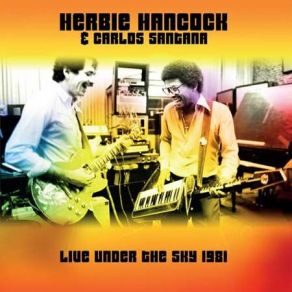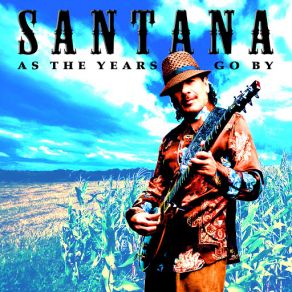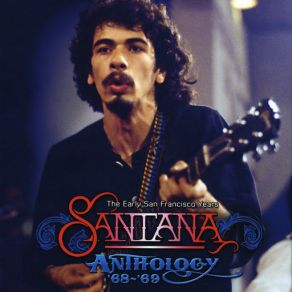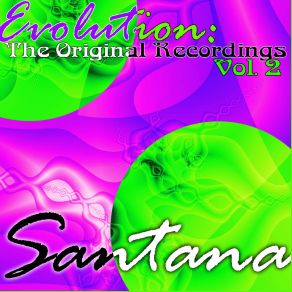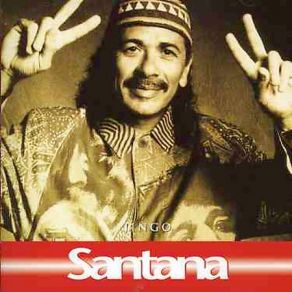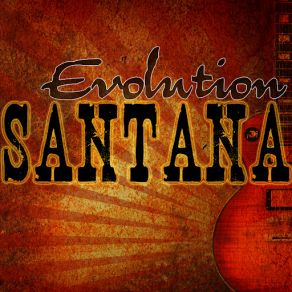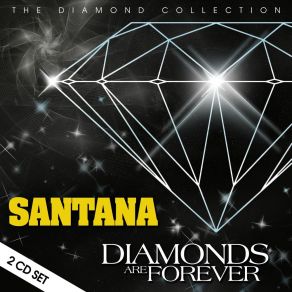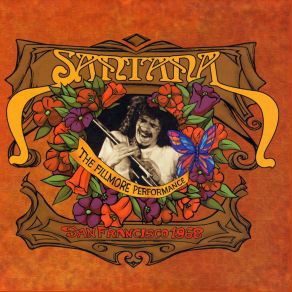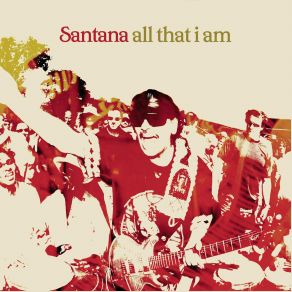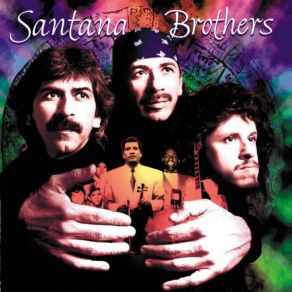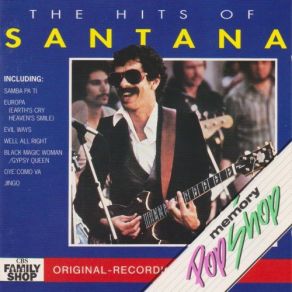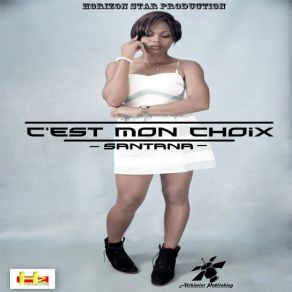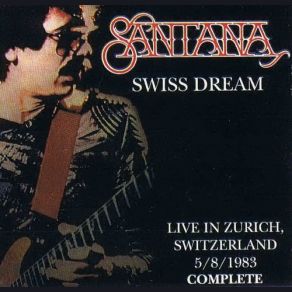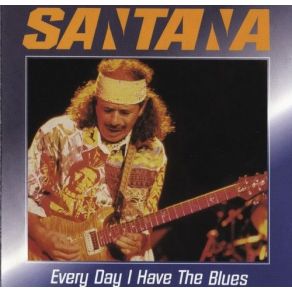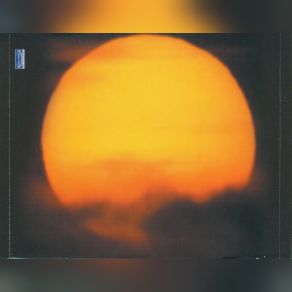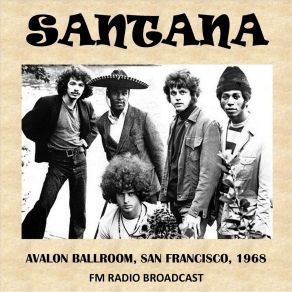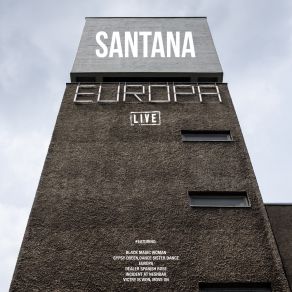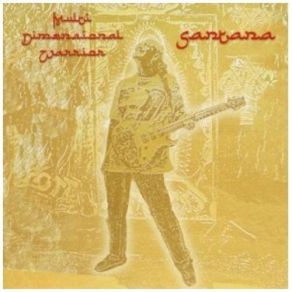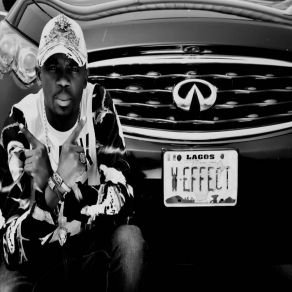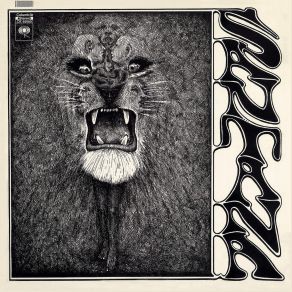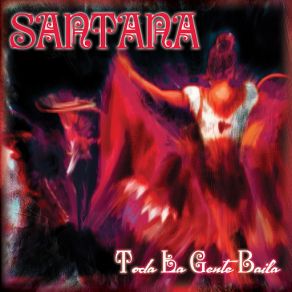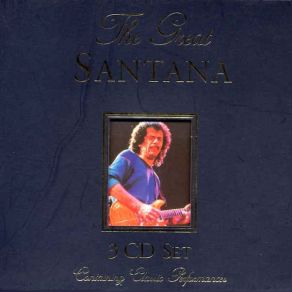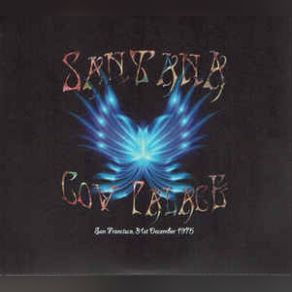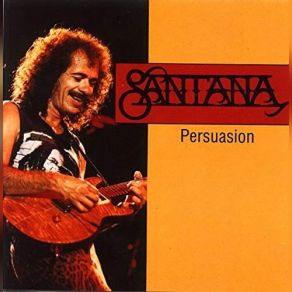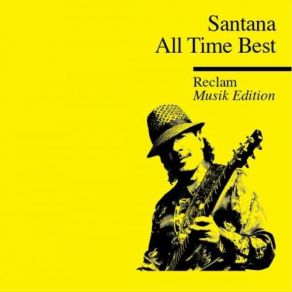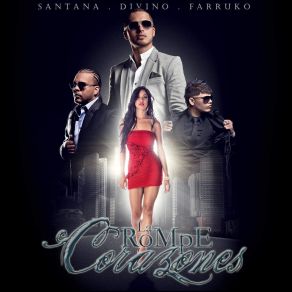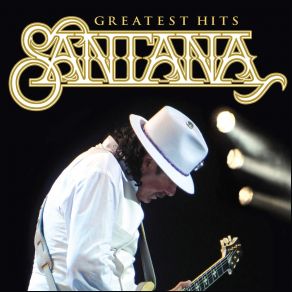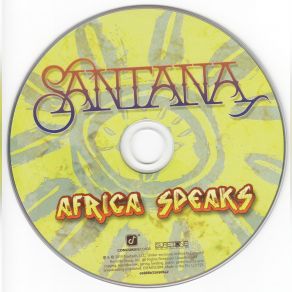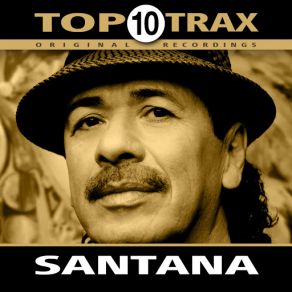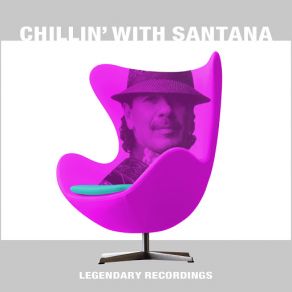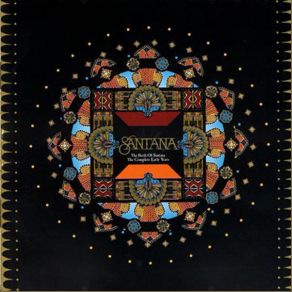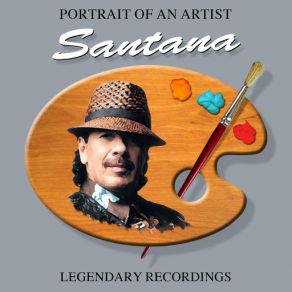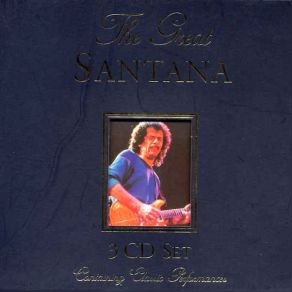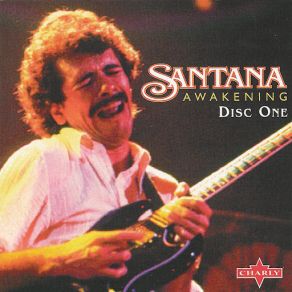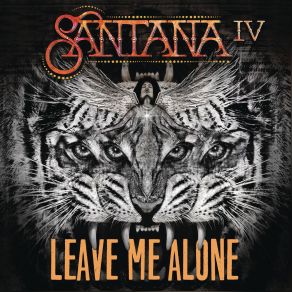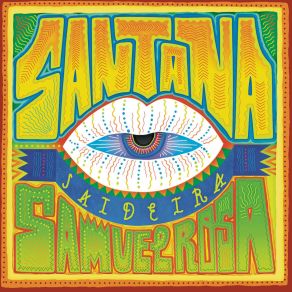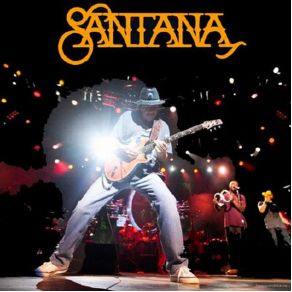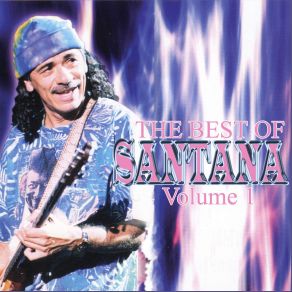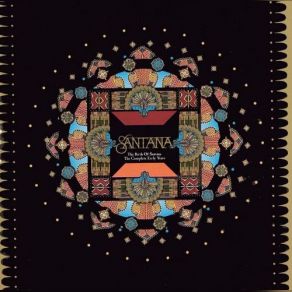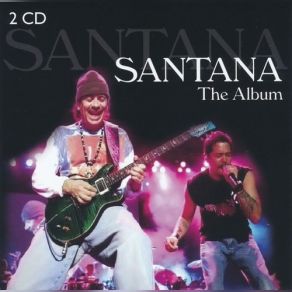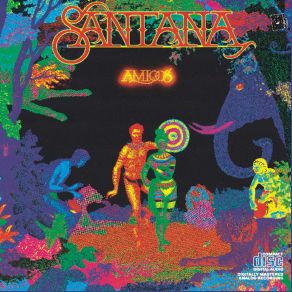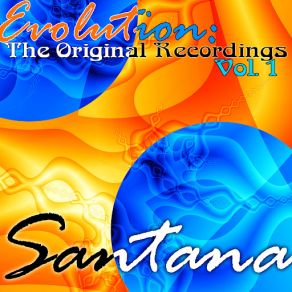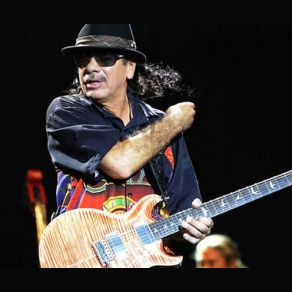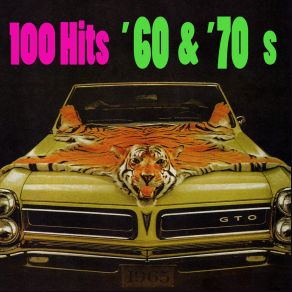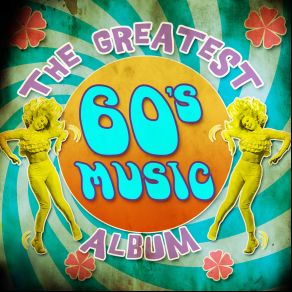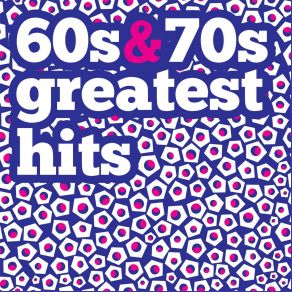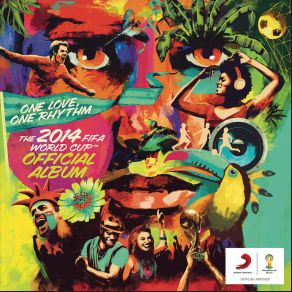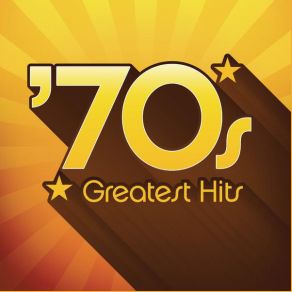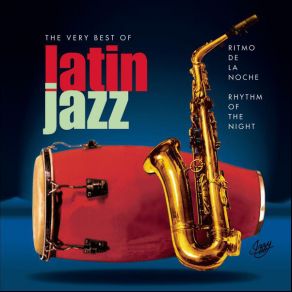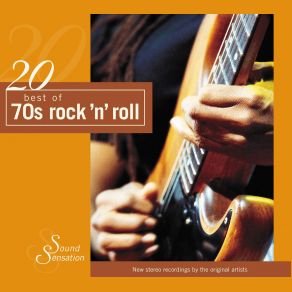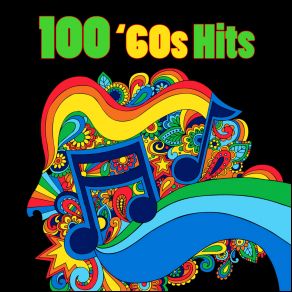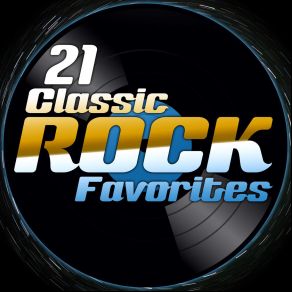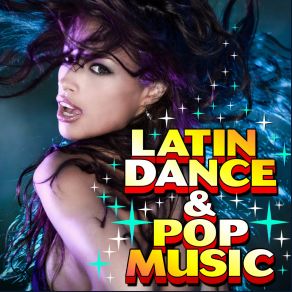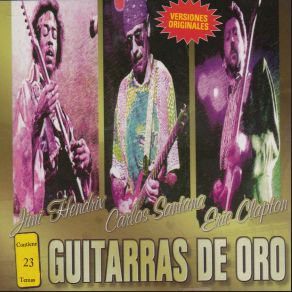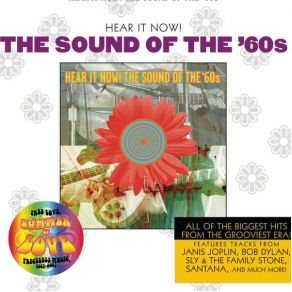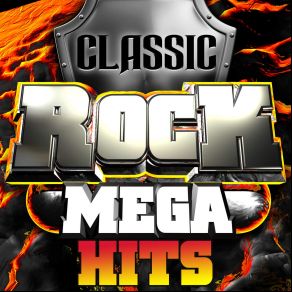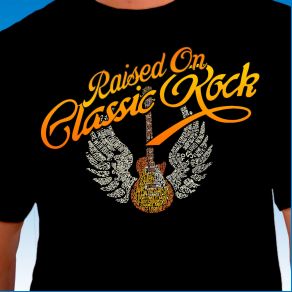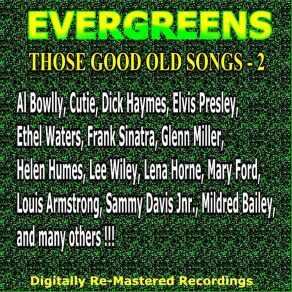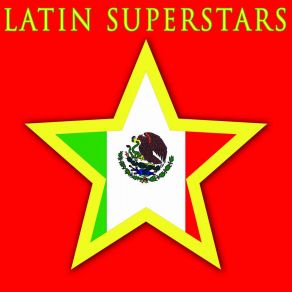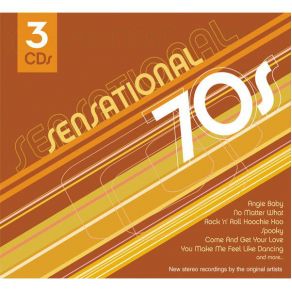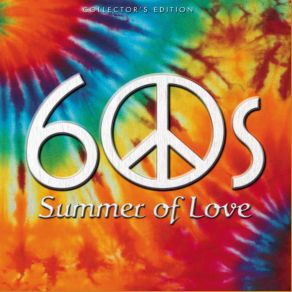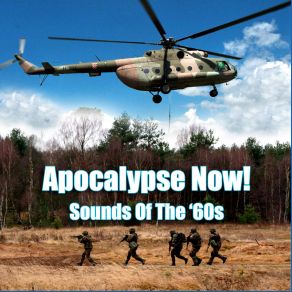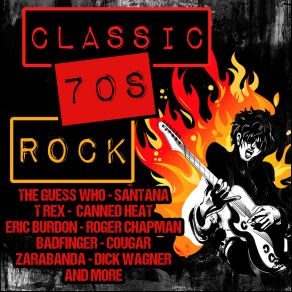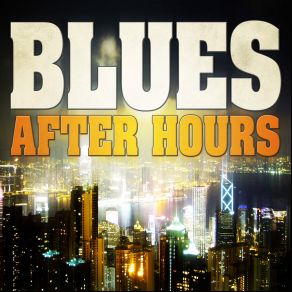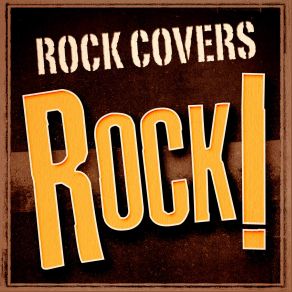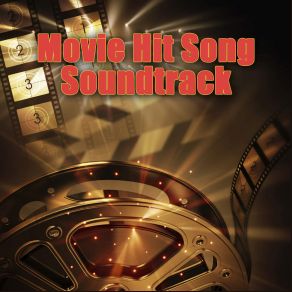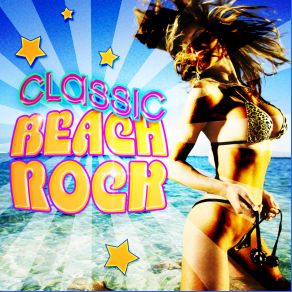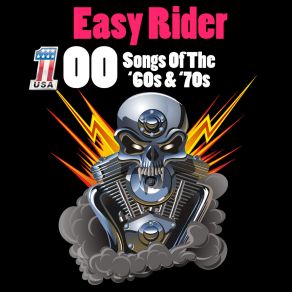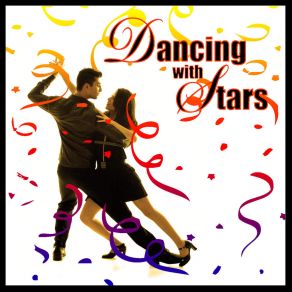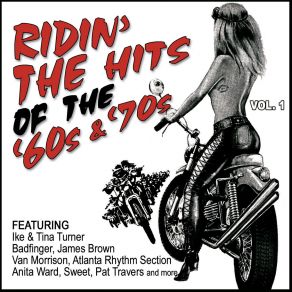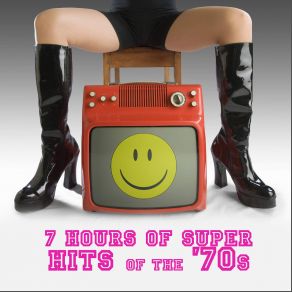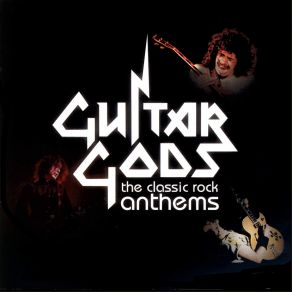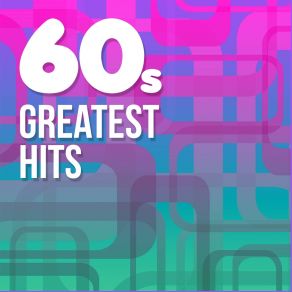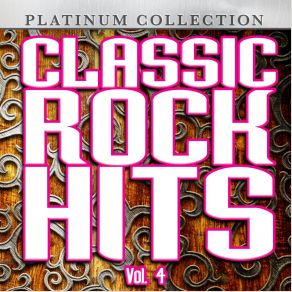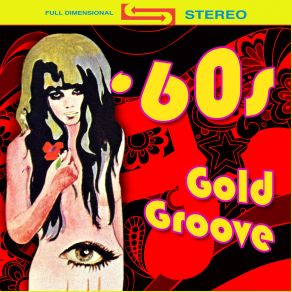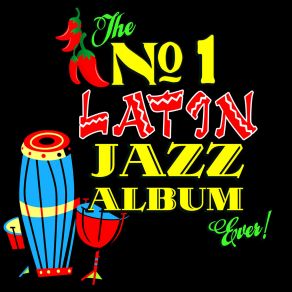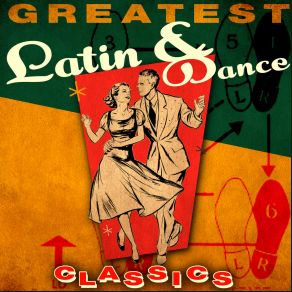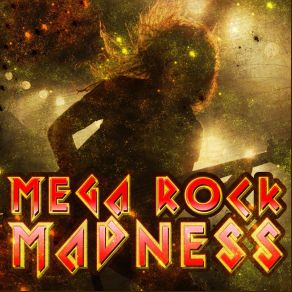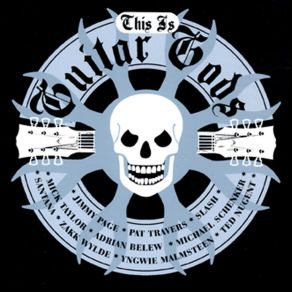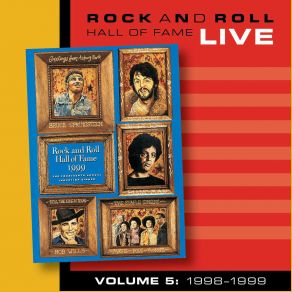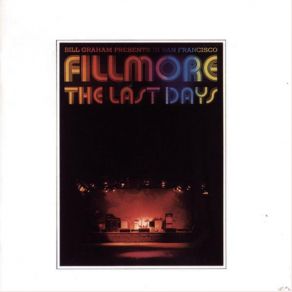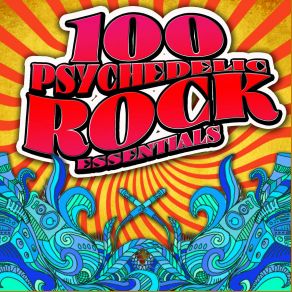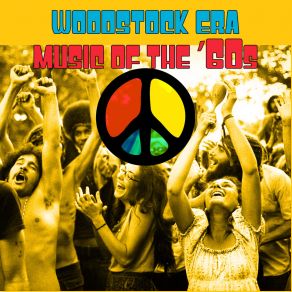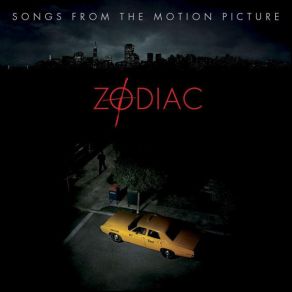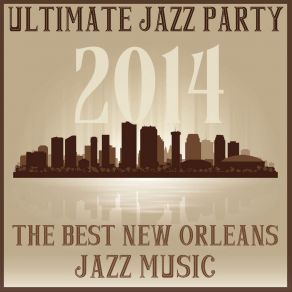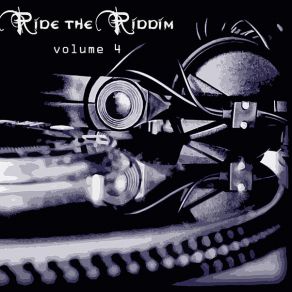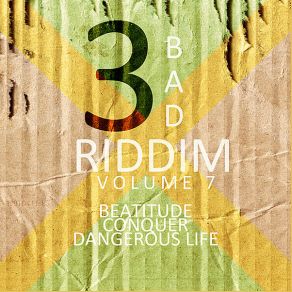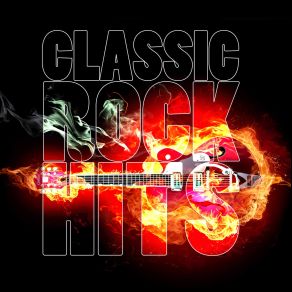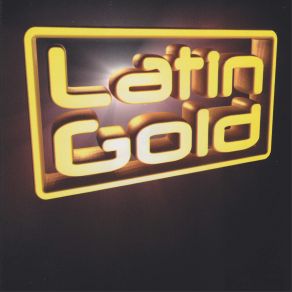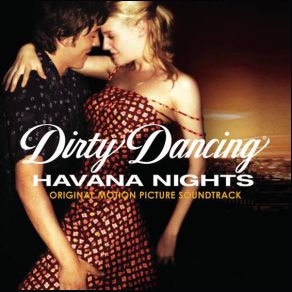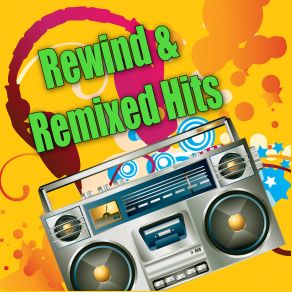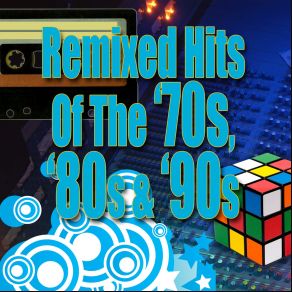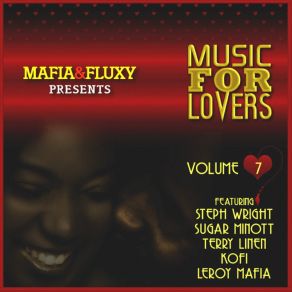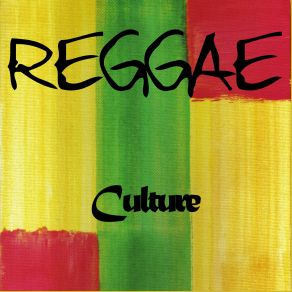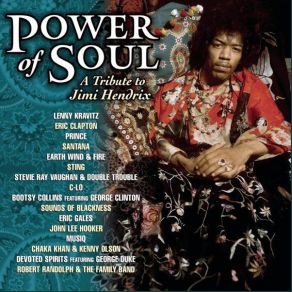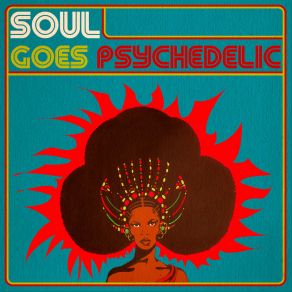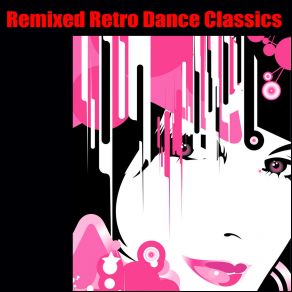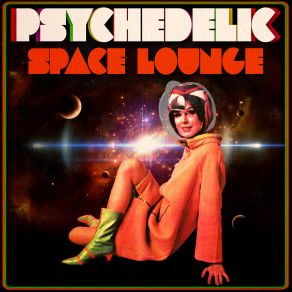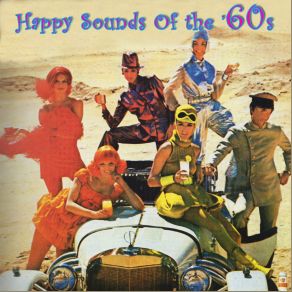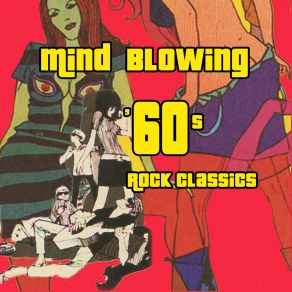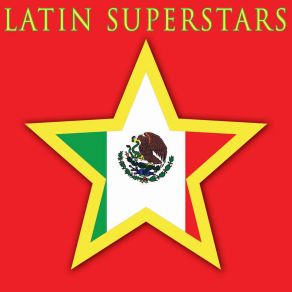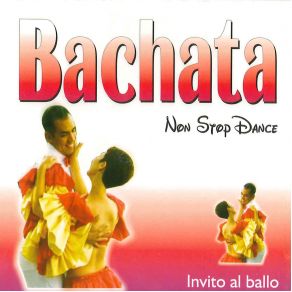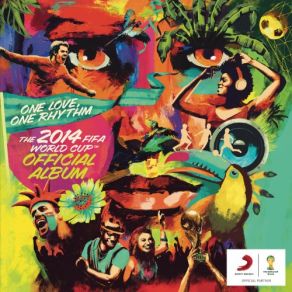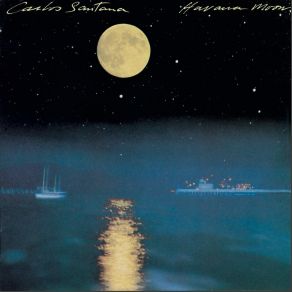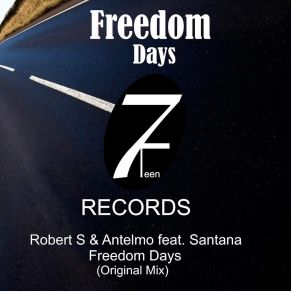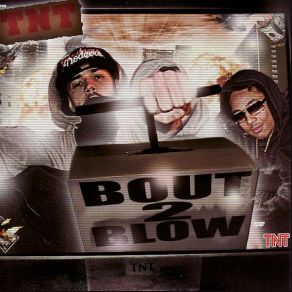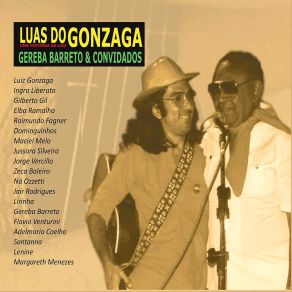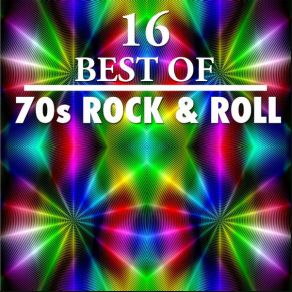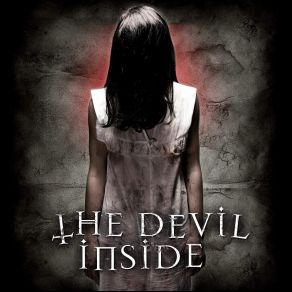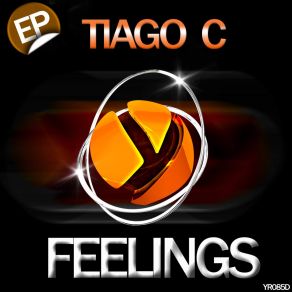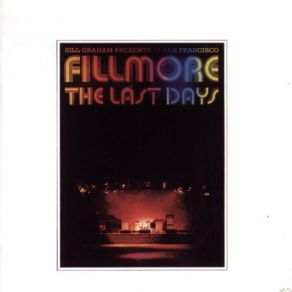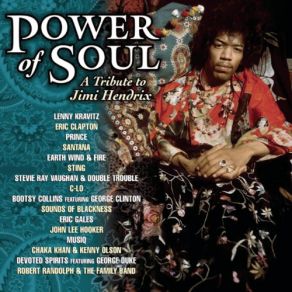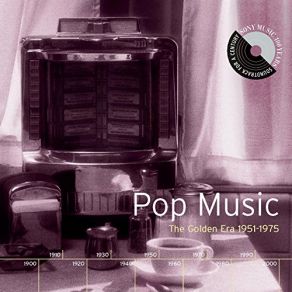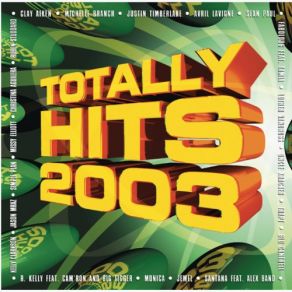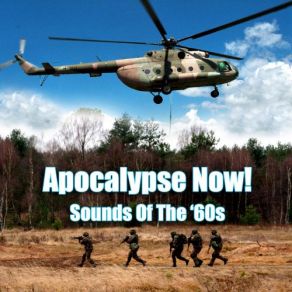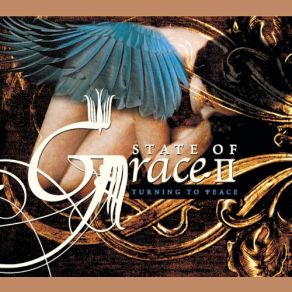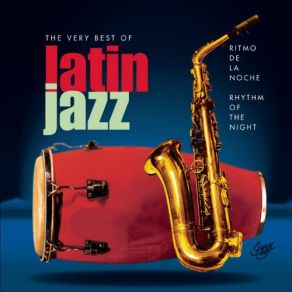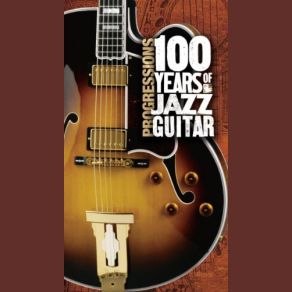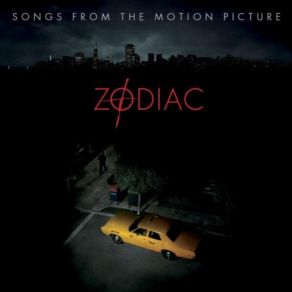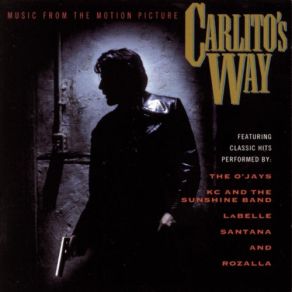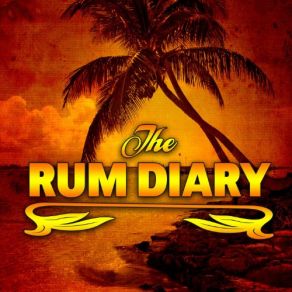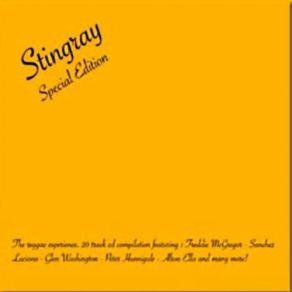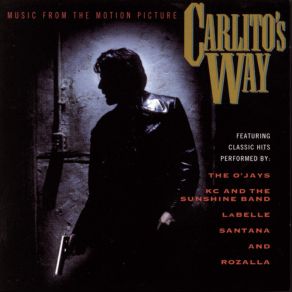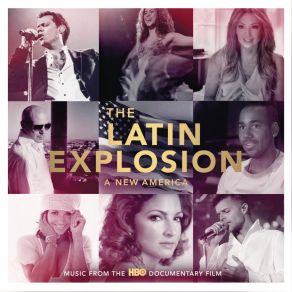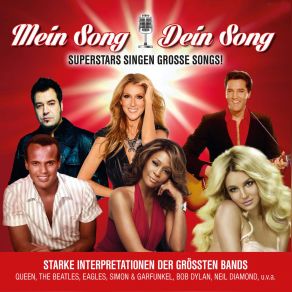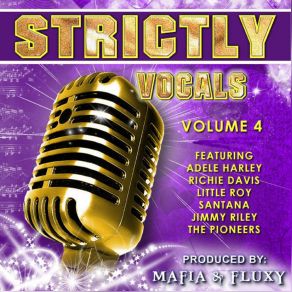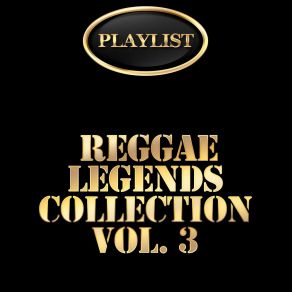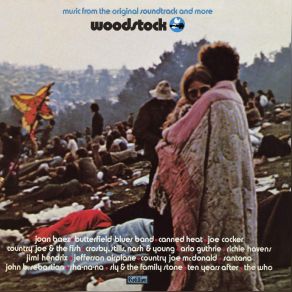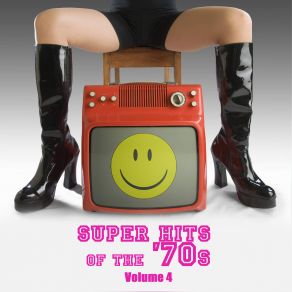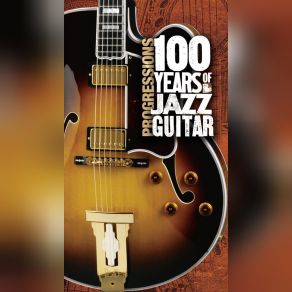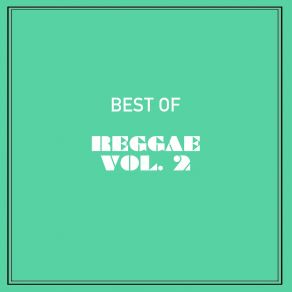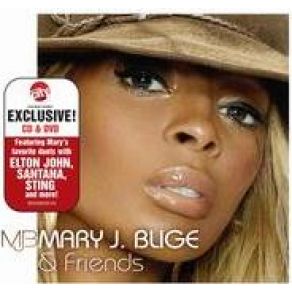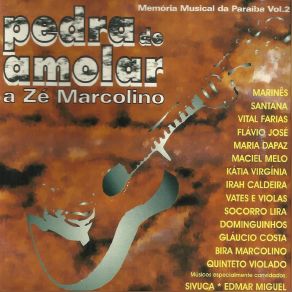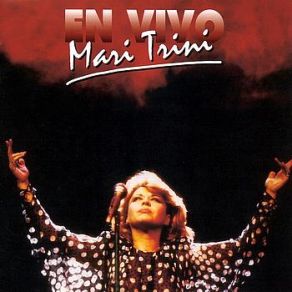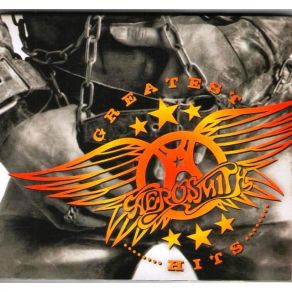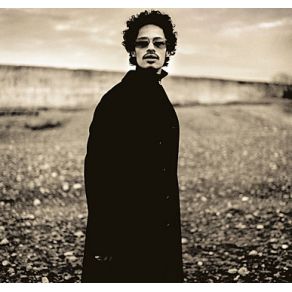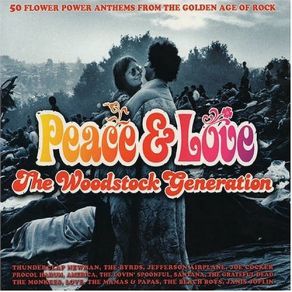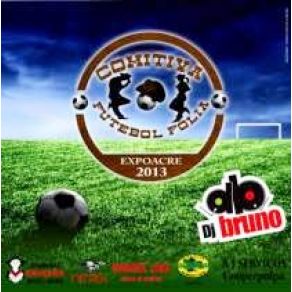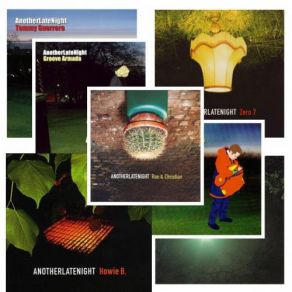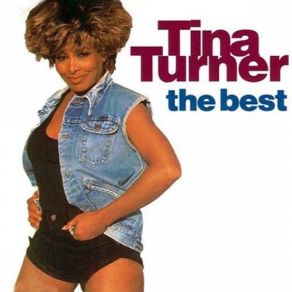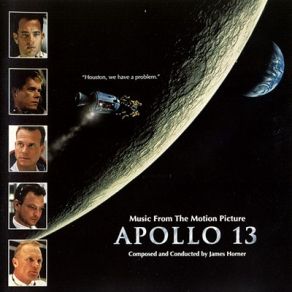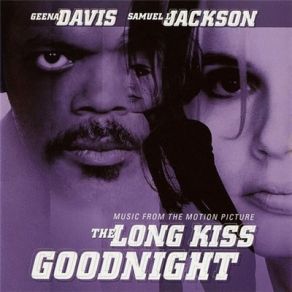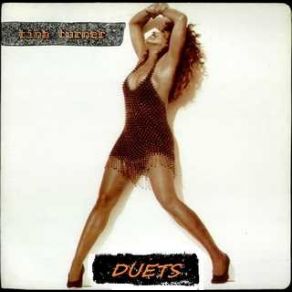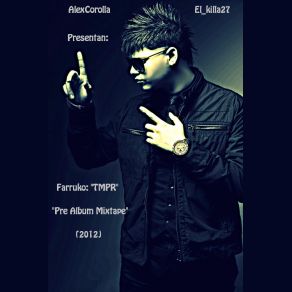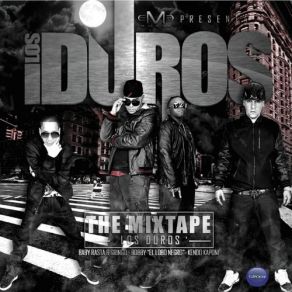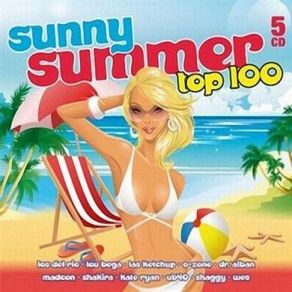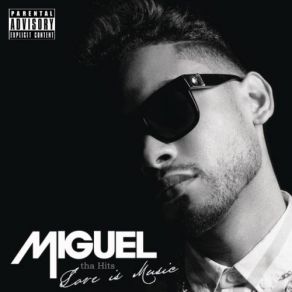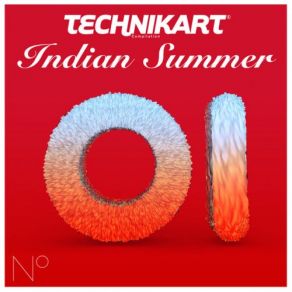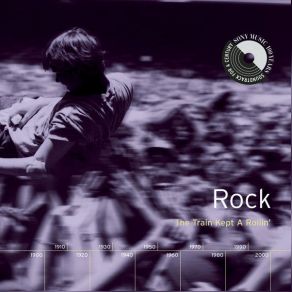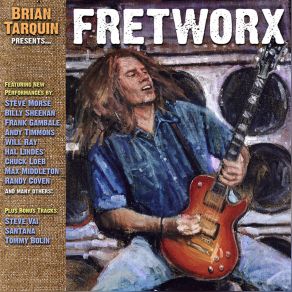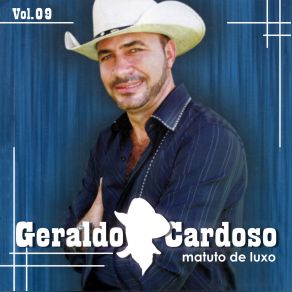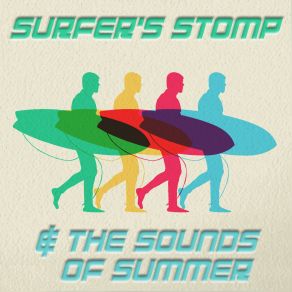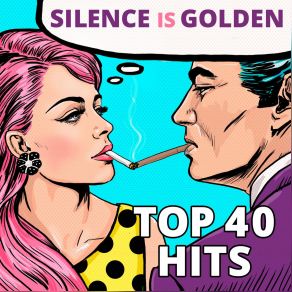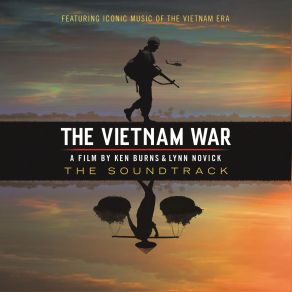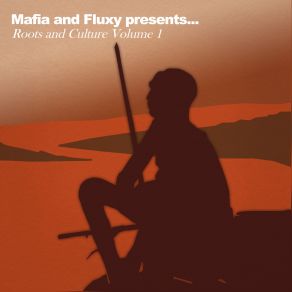Santana
Wikimp3 information about the music of Santana. On our website we have 70 albums and 70 collections of artist Santana. You can find useful information and download songs of this artist. We also know that Santana represents Rock genres.
Biography
[Edit]Santana is the primary exponent of Latin-tinged rock, particularly due to its combination of Latin percussion (congas, timbales, etc.) with bandleader Carlos Santana's distinctive, high-pitched lead guitar playing. The group was the last major act to emerge from the psychedelic San Francisco music scene of the 1960s and it enjoyed massive success at the end of the decade and into the early '70s. The musical direction then changed to a more contemplative and jazzy style as the band's early personnel gradually departed, leaving the name in the hands of Carlos Santana, who guided the group to consistent commercial success over the next quarter-century. By the mid-'90s, Santana seemed spent as a commercial force on records, though the group continued to attract audiences for its concerts worldwide. But the band made a surprising and monumental comeback in 1999 with Supernatural, an album featuring many guest stars that became Santana's best-selling release and won a raft of Grammy Awards.
Mexican native Carlos Santana (born July 20, 1947, in Autlan de Navarro, Mexico) moved to San Francisco in the early '60s, by which time he was already playing the guitar professionally. In 1966, he formed the Santana Blues Band with keyboard player and singer Gregg Rolie (born June 17, 1947, in Seattle, Washington) and other musicians, the personnel changing frequently. The group was given its name due to a musicians' union requirement that a single person be named a band's leader and it did not at first indicate that Carlos was in charge. Bass player David Brown (born February 15, 1947, in New York, New York) joined early on, as did Carlos' high-school friend conga player Mike Carabello (born November 18, 1947, in San Francisco), though he did not stay long at first. By mid-1967, the band's lineup consisted of Carlos, Rolie, Brown, drummer Bob "Doc" Livingston, and percussionist Marcus Malone. The name was shortened simply to Santana and the group came to the attention of promoter Bill Graham, who gave it its debut at his Fillmore West theater on June 16, 1968. Santana was signed to Columbia Records, which sent producer David Rubinson to tape the band at a four-night stand at the Fillmore West December 19-22, 1968. The results were not released until almost 30 years later, when Columbia/Legacy issued Live at the Fillmore 1968 in 1997.
Livingston and Malone left the lineup in 1969 and were replaced by Carabello and drummer Michael Shrieve (born July 6, 1949, in San Francisco), with a second percussionist, Jose "Chepito" Areas (born July 25, 1946, in Leon, Nicaragua) making Santana a sextet. The band recorded its self-titled debut album and began to tour nationally, making an important stop at the Woodstock festival on August 15, 1969. Santana was released the same month. It peaked in the Top Five, going on to remain in the charts over two years, sell over two million copies, and spawn the Top 40 single "Jingo" and the Top Ten single "Evil Ways." Santana's performance of "Soul Sacrifice" was a highlight of the documentary film Woodstock and its double-platinum soundtrack album, which appeared in 1970.
The band's second album, Abraxas, was released in September 1970 and was even more successful than its first. It hit number one, remaining in the charts more than a year and a half and eventually selling over four million copies while spawning the Top Five hit "Black Magic Woman" and the Top Ten hit "Oye Como Va." By the end of the year, the group had added a seventh member, teenage guitarist Neal Schon (born February 27, 1954).
Santana's third album, Santana III, was performed by the seven bandmembers, though several guest musicians were also mentioned in the credits, notably percussionist Coke Escovedo, who played on all the tracks. Released in September 1971, the album was another massive hit, reaching number one and eventually selling over two million copies while spawning the Top Ten hit "Everybody's Everything" and the Top 20 hit "No One to Depend On." But it marked the end of the Woodstock-era edition of Santana, which broke up at the end of the tour promoting it, with Carlos retaining rights to the band name.
Following a tour with Buddy Miles that resulted in a live duo album (Carlos Santana & Buddy Miles! Live!), Carlos reorganized Santana and recorded the fourth Santana band album, Caravanserai; each track featured individual musician credits. From the previous lineup, Rolie, Shrieve, Areas, and Schon appeared, alongside pianist Tom Coster, percussionist James Mingo Lewis, percussionist Armando Peraza, guitarist/bassist Douglas Rauch, and percussionist Rico Reyes, among others. (Rolie and Schon left to form Journey.) The album was released in September 1972; it peaked in the Top Five and was eventually certified platinum. It was nominated for a Grammy Award for Best Pop Instrumental Performance with Vocal Coloring. Carlos, who had become a disciple of the guru Sri Chinmoy and adopted the name Devadip (meaning "the eye, the lamp, and the light of God"), next made a duo album with John McLaughlin, guitarist with the Mahavishnu Orchestra (Love Devotion Surrender).
Meanwhile, the lineup of Santana continued to fluctuate. On Welcome, the band's fifth album, released in November 1973, it consisted of Carlos, Shrieve, Areas, Coster, Peraza, Rauch, keyboard player Richard Kermode, and singer Leon Thomas. The album went gold and peaked in the Top 20. In May 1974, Lotus, a live album featuring the same lineup, was released only in Japan. (It was issued in the U.S. in 1991.) Carlos continued to alternate side projects with Santana band albums, next recording a duo LP with John Coltrane's widow Alice Coltrane (Illuminations). Columbia decided to cash in on the band's diminishing popularity by releasing Santana's Greatest Hits in July 1974. The compilation peaked in the Top 20 and eventually went double platinum.
The sixth new Santana album, Borboletta, followed in October. The band personnel for the LP featured Carlos, Shrieve, Areas, Coster, Peraza, a returning David Brown, saxophonist Jules Broussard, and singer Leon Patillo, plus guest stars Flora Purim, Airto Moreira, and Stanley Clarke. Borboletta peaked in the Top 20 and eventually went gold. Carlos steered Santana back to a more commercial sound in the mid-'70s in an attempt to stop the eroding sales of the band's albums. He enlisted Santana's original producer, David Rubinson, to handle the next LP. The band was streamlined to a sextet consisting of himself, Coster, Peraza, Brown, drummer Ndugu Leon Chancler (Shrieve having departed to work with Stomu Yamashta), and singer Greg Walker.
The result was Amigos, released in March 1976, which returned Santana to the Top Ten and went gold. The band was back only nine months later with another Rubinson production, Festival, for which Santana consisted of Carlos, Coster, returning members Jose "Chepito" Areas and Leon Patillo, drummer Gaylord Birch, percussionist Raul Rekow, and bass player Pablo Telez. This album peaked in the Top 40 and went gold. Never having issued a live album in the U.S., Santana made up for the lapse with Moonflower, released in October 1977; that band consisted of Carlos, Coster, Areas, Rekow, Telez, returning member Greg Walker, percussionist Pete Escovedo, drummer Graham Lear, and bass player David Margen. The album peaked in the Top Ten and eventually went platinum, its sales stimulated by the single release of a revival of the Zombies' "She's Not There" that peaked in the Top 20, Santana's first hit single in nearly six years.
Turning to producers Dennis Lambert and Brian Potter, Santana returned to the studio for Inner Secrets, released in October 1978. The revamped lineup this time was Carlos, Rekow, Walker, Lear, Margen, and returning members Coke Escovedo and Armando Peraza, keyboard player Chris Rhyne, and guitarist/keyboard player Chris Solberg. The album was quickly certified gold, and a revival of the Classics IV hit "Stormy" made the Top 40, but Inner Secrets peaked disappointingly below the Top 20. Once again adopting his guru name of Devadip, Carlos issued his first real solo album (Illuminations/Oneness) in February 1979. Marathon, the tenth Santana band studio album, followed in September, produced by Keith Olsen, the band here comprised Carlos, Rekow, Lear, Margen, Peraza, Solberg, singer Alex Ligertwood, and keyboard player Alan Pasqua. The album equaled the success of Inner Secrets, peaking outside the Top 20 but going gold, with "You Know That I Love You" becoming a Top 40 single. Again, Carlos followed in the winter with another solo effort (The Swing of Delight).
Santana (Carlos, Rekow, Lear, Margen, Peraza, Ligertwood, keyboard player Richard Baker, and percussionist Orestes Vilato) spent some extra time on its next release, not issuing Zebop! until March 1981, and the extra effort paid off. Paced by the Top 20 single "Winning," the album reached the Top Ten and went gold. The band lavished similar attention on Shango, which was released in August 1982. The same lineup as that on Zebop! was joined by original member Gregg Rolie, who also co-produced the album. A music video helped Santana enjoy its first Top Ten single in more than a decade with "Hold On," but that did not translate into increased sales for the album, which peaked in the Top 20 but became the band's first LP not to at least go gold. Carlos followed with another solo album (Havana Moon), but did not release a new Santana band album until February 1985 with Beyond Appearances, produced by Val Garay. By now the lineup consisted of Carlos, Rekow, Peraza, Ligertwood, Vilato, returning member Greg Walker, bass player Alphonso Johnson, keyboard player David Sancious, drummer Chester C. Thompson, and keyboard player Chester D. Thompson. "Say It Again," the album's single, reached the Top 40, but that was better than the LP did.
Santana staged a 20-year anniversary reunion concert in August 1986 featuring many past bandmembers. The February 1987 album Freedom marked the formal inclusion of Buddy Miles as a member of Santana, alongside Carlos, Rekow, Peraza, Vilato, Johnson, Chester D. Thompson, and returning members Tom Coster and Graham Lear. The album barely made the Top 100. Carlos followed in the fall with another solo album (Blues for Salvador), winning his first Grammy Award in the process (Best Rock Instrumental Performance for the title track). In 1988, he added Wayne Shorter to the band for a tour, then put together a reunion edition of Santana that featured Areas, Rolie, and Shrieve beside Johnson, Peraza, and Thompson. In October, Columbia celebrated the 20-year anniversary of the band's signing to the label with the retrospective Viva Santana! The next new Santana album was Spirits Dancing in the Flesh, released in June 1990, for which the band was Carlos, Peraza, Thompson, returning member Alex Ligertwood, drummer Walfredo Reyes, and bass player Benny Rietveld. A modest seller that made only the lower reaches of the Top 100, it marked the end of the band's 22-year tenure at Columbia Records.
In 1991, Santana signed to Polydor Records, which, in April 1992, released the band's 16th studio album, Milagro. The lineup was comprised of Carlos, Thompson, Ligertwood, Reyes, Rietveld, and percussionist Karl Perazzo. Polydor was not able to reverse the band's commercial decline, as the album became Santana's first new studio release not to reach the Top 100. The group followed in November 1993 with Sacred Fire: Live in South America, which featured Carlos, Thompson, Ligertwood, Reyes, Perazzo, singer Vorriece Cooper, bass player Myron Dove, and guitarist Jorge Santana, Carlos' brother. The album barely made the charts. In 1994, Carlos, Jorge, and their nephew Carlos Hernandez, released Santana Brothers, another marginal chart entry. The same year, Areas, Carabello, Rolie, and Shrieve formed a band called Abraxas and released the album Abraxas Pool, which did not chart.
Santana left Polydor and signed briefly to EMI before moving to Arista, run by Clive Davis, who had been president of Columbia during the band's heyday. Carlos and Davis put together Supernatural, which was stuffed with appearances by high-profile guest stars including Wyclef Jean, Eric Clapton, Lauryn Hill, Rob Thomas (Matchbox Twenty), and Dave Matthews. Arista released the album in June 1999, followed by the single "Smooth" featuring Thomas. The album and single hit number one and in 2000, a second single, "Maria Maria," also topped the charts. Supernatural's sales exploded; its sales exceeded ten million copies. The album garnered 11 Grammy nominations, and Carlos himself took eight awards: Record of the Year ("Smooth"), Album of the Year; Best Pop Performance by a Duo or Group with Vocal ("Maria Maria"); Best Pop Collaboration with Vocals ("Smooth"); Best Pop Instrumental Performance ("El Farol"); Best Rock Performance by a Duo or Group with Vocal ("Put Your Lights On"); Best Rock Instrumental Performance ("The Calling"); and Best Rock Album. "Smooth," written by Thomas with Itaal Shur, also won the Grammy for Song of the Year.
The follow-up, Shaman, appeared in 2002 with appearances from Macy Gray, Michelle Branch, and Chad Kroeger (Nickelback), among many others. While it was not a blockbuster on the level of Supernatural, it sold over two million copies in the U.S. Three years later, All That I Am arrived with yet another assortment of collaborators, including Steven Tyler, Branch, Big Boi, Joss Stone, and Bo Bice. Guitar Heaven appeared in 2010 and featured Carlos with several guest vocalists taking on some of the most popular guitar-based rock tracks of all time, including "Whole Lotta Love" (with Chris Cornell), "Sunshine of Your Love" (with Thomas), and "Photograph" (with Chris Daughtry). While it peaked at number five on the Billboard 200, it failed to reach gold status. In 2012, the guitarist switched gears with Shape Shifter, the debut recording for his own Starfaith label. Carlos wrote or co-wrote all but two of its 13 tracks (all but one an instrumental), and produced the sessions.
One year later, he announced the re-formation of Santana's classic late-'60s lineup, including Neal Schon, Gregg Rolie, Mike Shrieve, Mike Carabello, and Marcus Malone (the last of whom had been homeless until being discovered by a reporter and reunited with the guitarist).
Santana's next solo album, 2014's Corazón, again placed him in a duets context, this time with an A-list of vocalists and musicians from the world of Latin music, including Gloria Estefan, Juanes, Pitbull, Los Fabulosos Cadillacs, and Lila Downs.
Title: Berkeley Community Center, 1970 (Hd Remastered Edition)
Artist: Santana
Title: Ceremony: Remixes & Rarities
Artist: Santana
Genre: Electronica, Rock, Blues Rock, Dancefloor, Pop, Dance Pop
Title: The Fillmore Performance - San Francisco 1968
Artist: Santana
Genre: Rock, Hard Rock, Heavy Metal, Pop
Title: Summer Dreams - The Best Ballads Of Santana
Artist: Santana
Genre: Ambient, Electronica, House, Rock
Title: Santana
Artist: Santana
Genre: Jazz, Rock, Blues Rock, Hard Rock, Rock & Roll, Heavy Metal, Latin, Pop, Psychedelic
Title: Beyond Appearances
Artist: Santana
Genre: Rock, Blues Rock, Hard Rock, Rock & Roll, Heavy Metal, Pop
Title: Black Magic Woman (Live In Montreal, New York City)
Artist: Santana
Genre: Rock, Blues Rock, Jazz Rock
Title: The Birth of Santana - The Complete Early Years
Artist: Santana
Genre: Rock, Hard Rock, Heavy Metal, Pop
Title: The Birth Of Santana: The Complete Early Years (CD3)
Artist: Santana
Genre: Rock, Progressive Rock, Psychedelic Rock
Title: Mystical Spirits Parts 1 & 2
Artist: Santana
Genre: Rock, Blues Rock, Hard Rock, Heavy Metal, Pop, Psychedelic
Collections
Title: The Greatest 60's Music Album
Genre: Pop
Title: '60s & '70s Greatest Hits
Genre: Pop
Title: '70s Greatest Hits
Title: 100 '60s Hits (Re-Recorded Version) [Remastered]
Genre: Rock
Title: 21 Classic Rock Favorites
Genre: Rock
Title: Latin Dance Music & Pop Music
Genre: Latin
Title: Guitarras de Oro
Genre: Rock
Title: Classic Rock Mega Hits
Genre: Rock
Title: Raised On Classic Rock
Genre: Rock
Title: Evergreens - Those Good Old Songs - 2
Genre: Pop
Title: Latin Superstars
Title: 60s Summer of Love (Re-Recorded Version)
Genre: Rock
Title: Apocalypse Now! - Sounds of the '60s
Genre: Rock
Title: Flower Power (Re-Recorded Versions)
Genre: Rock
Title: Classic '70s Rock
Genre: Rock
Title: Blues After Hours
Genre: Country
Title: Rock Covers Rock!
Genre: Rock
Title: Classic Beach Rock
Genre: Rock
Title: Easy Rider - 100 Songs of The '60s & '70s
Genre: Rock
Title: Dancing With Stars (Re-Recorded / Remastered Versions)
Genre: Pop
Title: 7 Hours of Super Hits of the '70s (Re-Recorded Versions)
Genre: Pop
Title: Guitar Gods - The Classic Rock Anthems
Genre: Rock
Title: 60s Greatest Hits
Genre: Pop
Title: Greatest Hits of the '60s
Genre: Pop
Title: Classic Rock Hits, Vol. 4
Genre: Rock
Title: Must Have Blues Songbook
Genre: Blues
Title: 21 American Icons
Genre: Pop
Title: 60s Gold Groove (Re-Recorded / Remastered Versions)
Genre: Pop
Title: The No. 1 Latin Jazz Album Ever!
Genre: Latin
Title: Greatest Latin Jazz & Dance Classics
Genre: World Music
Title: Covered In Classic Rock
Genre: Rock
Title: Mega Rock Madness
Genre: Rock
Title: This Is Guitar Gods
Genre: Rock
Title: Rock and Roll Hall of Fame, Vol. 5: 1998-1999 (Live)
Genre: Rock
Title: 100 Psychedelic Rock Essentials
Genre: Rock
Title: Woodstock Era - Music of the '60s
Genre: Rock
Title: Buddha Lounge Soundtrack
Genre: Electronica
Title: Zodiac (Songs from the Motion Picture)
Genre: Theatre/Soundtrack
Title: Ride The Riddim Vol 4
Genre: Reggae
Title: 3 Bad Riddim Vol 7
Genre: Reggae
Title: Classic Rock Hits
Genre: Rock
Title: Latin Gold
Title: Rewind & Remixed Hits
Genre: Electronica
Title: Remixed Hits Of The '70s, '80s & '90s
Genre: Electronica
Title: Music for Lovers, Vol. 7 (Mafia & Fluxy Presents)
Genre: Reggae, Roots Reggae
Title: Reggae Culture
Title: Power of Soul: A Tribute to Jimi Hendrix
Genre: Rock
Title: Soul Goes Psychedelic
Genre: Hip Hop/R&B, Soul
Title: Remixed Retro Dance Classics
Genre: Dancefloor, Dance Pop
Title: Rewind & Remixed Hits
Genre: Electronica
Title: Psychedelic Space Lounge
Genre: Rock
Title: Happy Sounds Of The '60s (Re-Recorded Versions)
Genre: Rock
Title: Mind Blowing '60s Rock Classics
Genre: Rock
Title: Latin Superstars
Genre: Latin
Title: Bachata Non Stop Dance
Title: Your Birthday Present: Song Mix - 8
Genre: Pop
Featuring albums
Title: Havana Moon
Artist: Carlos Santana
Genre: Rock, Blues Rock, Hard Rock, Rock & Roll, Heavy Metal
Title: Freedom Days (Original Mix) [feat. Santana] - Single
Artist: Robert S
Genre: Electronica, House, Dancefloor, Dance Pop
Title: Pop Music: The Golden Era 1951-1975
Artist: Various
Genre: Blues, Rock, Pop, Theatre/Soundtrack, Vocal & Symphonic
Title: Ritmo de la Noche/Rhythm Of The Night - The Very Best Of Latin Jazz
Artist: Various
Genre: Jazz
Title: Carlito's Way: Music From The Motion Picture
Artist: Original Motion Picture Soundtrack
Genre: Electronica, Dancefloor
Title: Stingray Special Edition
Artist: Various Artist
Genre: Hip Hop/R&B, Reggae, World Music, Latin
Title: Richard Dorfmeister - Private Collection
Artist: Various Artists
Genre: Electronica, Jazz, Free Jazz, Dancefloor
Title: Carlito's Way (Music from the Motion Picture)
Artist: Various Artists
Genre: Theatre/Soundtrack
Title: Mafia & Fluxy Presents Strictly Vocals, Vol. 4
Artist: Various Artists
Genre: Reggae, Roots Reggae
Title: Reggae Legends Collection, Vol. 3 Playlist
Artist: Various Artists
Genre: Reggae, Roots Reggae
Title: Woodstock: Music From the Original Soundtrack and More, Vol. 1
Artist: Various Artists
Genre: Rock
Title: Cut After Cut More Inspirational Reggae (Platinum Edition)
Artist: Various Artists
Genre: Reggae
Title: Howie B
Artist: Curtis Mayfield, Howie B.
Genre: Downtempo, Trip Hop, Electronica, Soul, Indie Rock, Disco, Funk, Experimental
Title: The Long Kiss Goodnight (Original Soundtrack)
Artist: Alan Silvestri
Genre: Theatre/Soundtrack
Title: Throwback Summer Jamz (CD2)
Artist: Ministry Of Sound
Genre: Hip Hop/R&B, Dancehall, Reggae Fusion

